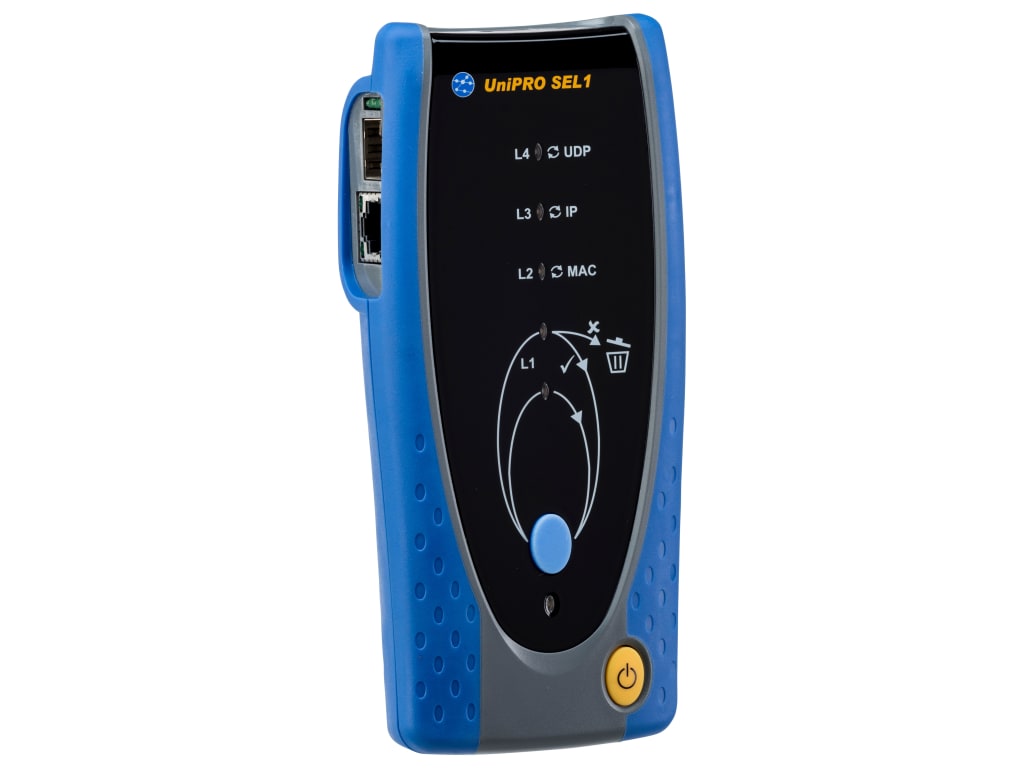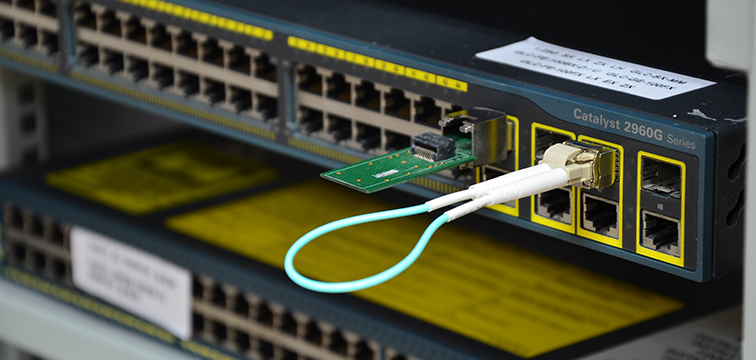
With my old desktop, the process was super straightforward. Because I'm not going to sit still for very many videos (TED talks, etc.), I use Audacity to grab the audio so I can either listen to it while on a walk or while driving. Typical use is when I want to learn from a video presentation. I mostly use Audacity to record audio being played on my system. When I'm recording audio from what's playing through my system, I don't use my mic as an input device because I don't want to record the ambient sound. That's included downloading virtual VB-Cables and adding a second camera.

LOOPBACK DEVICE UPGRADE
I've gotten into using OBS to upgrade my Zoom presentations.
LOOPBACK DEVICE PC
For details see the Monitors page.I recently replaced a failing desktop PC with a new shiny one, a Dell Precision 3640 Tower. Loopback devices can also be configured to include monitors, allowing you to use a secondary audio device to hear how your virtual device will sound. Click the wire you wish to remove to highlight it, then click the Delete button in the bottom bar or select Delete from the Edit menu. Removing a connection between a source and an output channel, or between output channel and a monitor, is performed in similar fashion. To remove a channel pair from your virtual device, click on it in the editor to highlight it, then click the Delete button in the bottom bar or select Delete from the Edit menu. Custom setups like this make it easy to record audio to distinct tracks, just based on the channels selected in your recording application. In this setup, audio from the physical microphone's audio will be heard on channels 1 & 2, while iTunes audio will be heard on channels 3 and 4. As shown below, a wire will be drawn to visually demonstrate that a connection has been established.īelow, you can see that channels from iTunes and the USB mic have been manually mapped to four output channels. To add a connection, click and drag from one wiring socket to another. Once your device has the desired number of channels, you can use the intuitive wiring system to configure your audio routing exactly as desired. Using the (+) button next to the Output Channels column header, you can add channel pairs, up to a total of 64 channels.Ī second pair of outputs has been added, but nothing maps to it yet. This automatic mapping will often be sufficient, but it's also possible to manually configure the virtual audio device's channel mapping, via the Output Channels column.Īs mentioned above, virtual audio devices initially have two channels. Manually Adjusting the Channel Mappingīelow, you'll see the automatic channel mapping for our device with iTunes and a USB microphone (for clarity, the Pass-Thru source has been removed). Note that mappings for application and audio device sources, as well as monitors, are not automatically modified when output channels are added. Similarly, when additional output channels are added, the Pass-Thru source is updated and auto-mapped to them. When you add a source or monitor to a virtual device, its channels will be mapped one-to-one with the device's existing output channels, as possible. Loopback handles some channel mapping automatically. Loopback's virtual audio devices start as 2 channel stereo devices, but they can be configured to have up to 64 channels. For example, a stereo microphone has both left and right channels, while more complex mixers may have 8, 16, or even more channels.

Physical audio devices usually have two or more channels, each of which can carry distinct audio.
LOOPBACK DEVICE MANUAL
Support → Loopback → Manual Output Channels


 0 kommentar(er)
0 kommentar(er)
